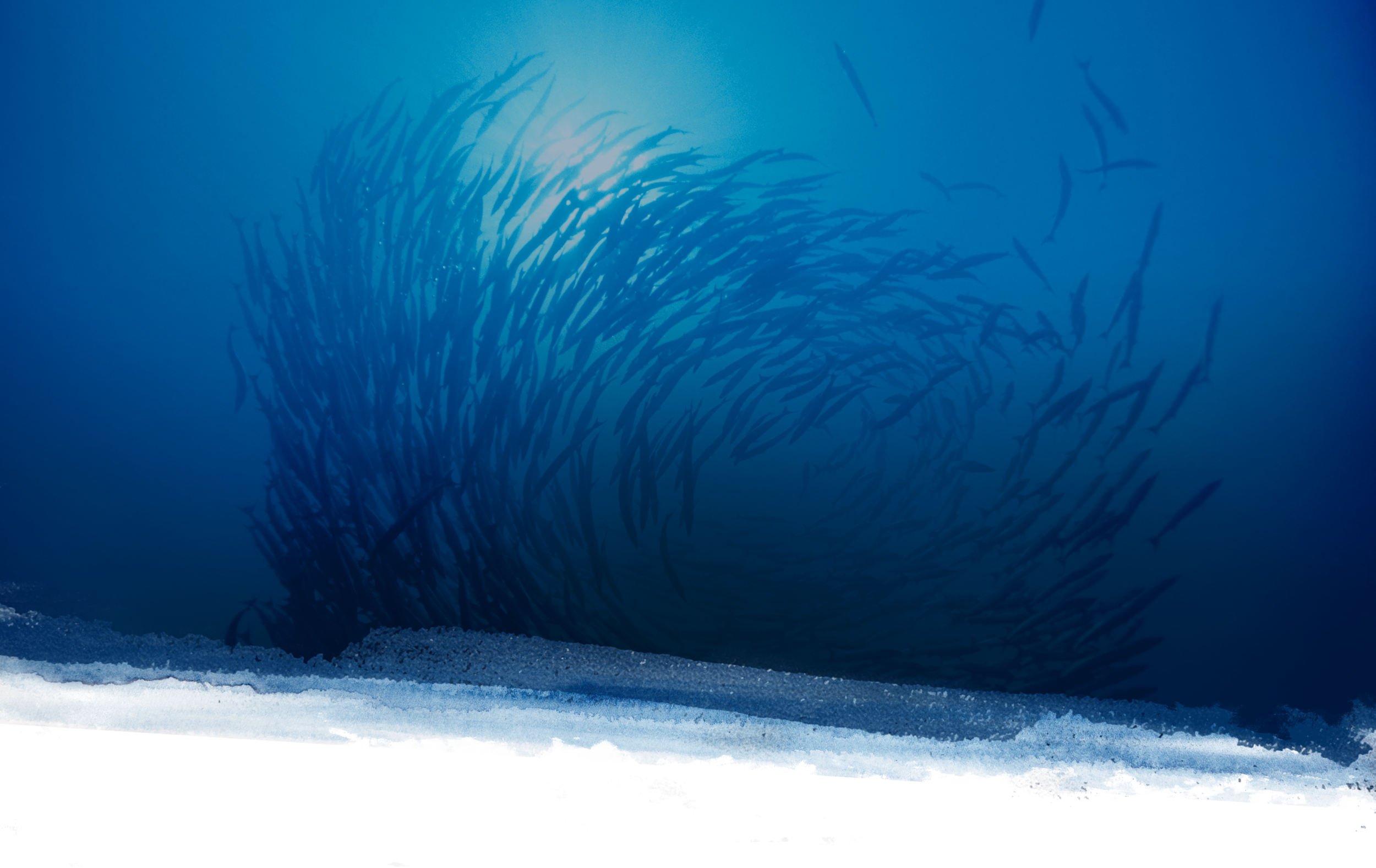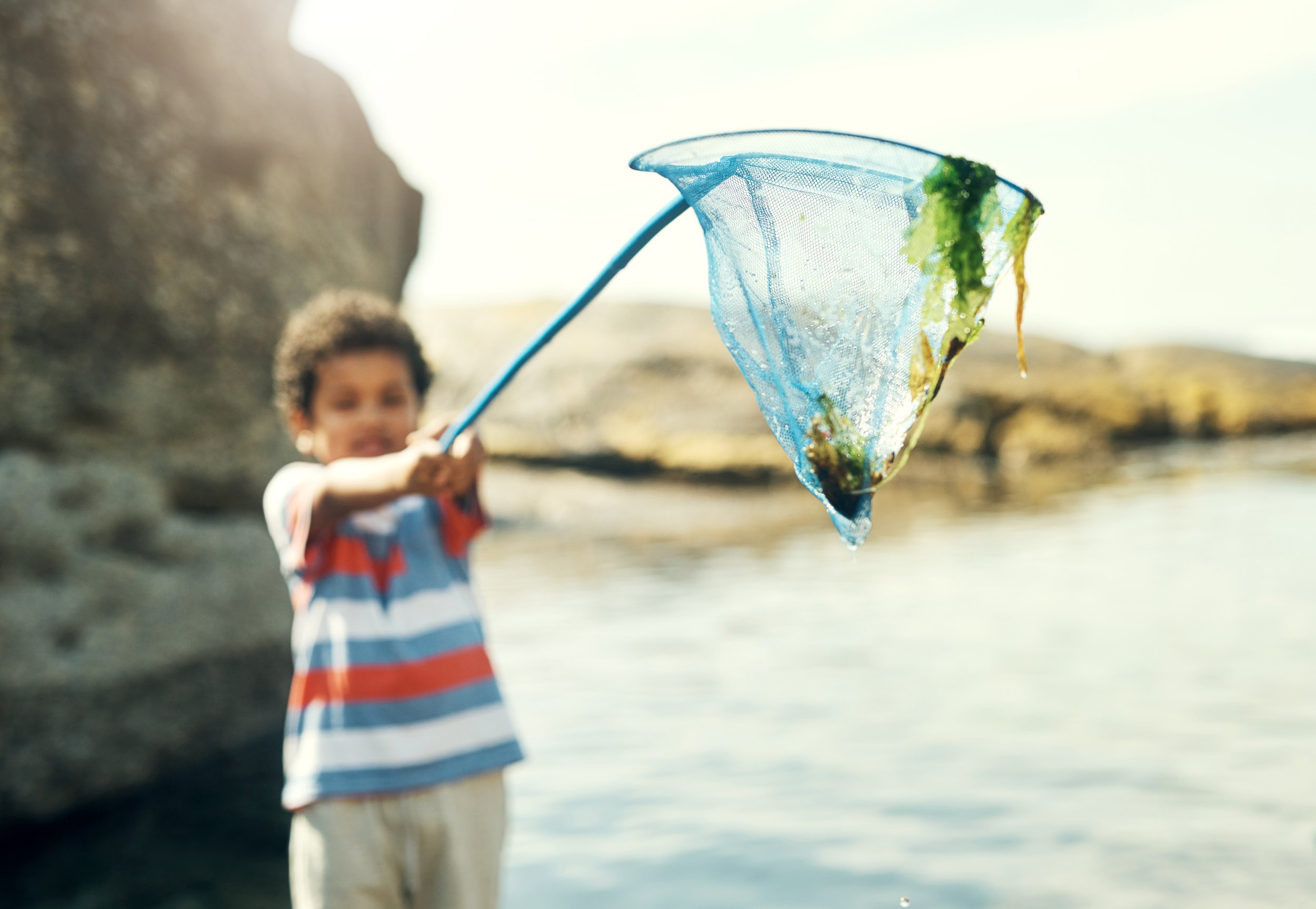
Bring Hope in the Water into the Classroom
educational tools
At Fed By Blue, we're thrilled to share exciting educational materials for teachers and students from PBS LearningMedia that are inspired by our three-part docuseries, Hope in the Water. This uplifting series, which is now streaming on PBS, explores the groundbreaking work of dedicated fishers, aquafarmers, and scientists who are attempting what was once thought impossible: harvesting aquatic species to feed our growing planet while saving our oceans.
If you're new to PBS LearningMedia, they offer an incredible free digital media library that provides a variety of resources for educators and students, and parents looking for a fun, science-based lesson, including videos, images, audio, interactive materials, and lesson plans. Simply make an account and dive into the material!
Their Hope in The Water-inspired curriculum, designed for teachers and students in grades 6-12, spotlights the successful, collective efforts to create sustainable food systems in the face of uncertainties caused by climate change and other human impacts on Earth's aquatic biomes.
Through these educational resources, students and stakeholders alike will gain a deeper understanding of successful strategies that are paving the way for a healthier, more resilient marine environment and food-secure world.
We invite you to explore the five engaging lessons in the
Hope in the Water collection below!

A green economy from
blue foods
-
How do cultural preferences impact people's buying choices, especially in terms of seafood?
In what ways does establishing local markets help reduce carbon footprints?
What are some economic benefits of being socially inclusive?
What are the social benefits of diversifying local food choices?
Ancient Aquaculture for Modern Food Security
-
Reflect on how the availability of natural resources has influenced the development of human societies. How are these influences connected to the economy and human well-being?
How can combining Indigenous knowledge with modern science and technology help us create better food systems and protect the environment? List some benefits of using both old and new ways of thinking.
In the video, what solutions are being implemented to address food sustainability problems? Evaluate these solutions’ effectiveness and discuss our responsibilities in managing natural resources to ensure sustainability.
How do good relationships between humans and their environment contribute to overall well-being, including social, physical, intellectual, and emotional aspects? Provide examples from the video clips and your own experiences.
Discuss the broad impacts of environmental stewardship on human well-being. How do sustainable practices influence social, economic, and ecological health? How do they contribute to a sense of place and community?
What are the critical challenges posed by the current food system, as highlighted in this article calling for a “Great Food Transformation,” and what solutions are proposed to create a more sustainable and healthy global food system? How do you think the people featured in the videos are contributing to the “Great Food Transformation”?
Blue Foods Build Climate Change Resilience
-
Which blue foods are featured in these clips?
How do the people in these videos describe the nutrients found in these blue foods?
Compare the impacts of climate change on each of the fisheries, and how the fishers have adapted in each case.
How does a change in biodiversity affect human food supplies?
Recall the statement of Chef Jose Andres of World Central Kitchen: “I want you to fish, but I want you to fish smart.” What does that mean to you?
How would choosing more blue foods benefit humanity?
Scotland's First Marine
No-Take Zone
-
What is a marine protected area?
How can policymaking contribute to ocean health and resiliency?
Why were so many stakeholders needed in establishing this marine protected area?
How do resilient oceans support the fishing industry?
Don and Howard admit they did not know how to go about getting their no-take zone, and learned as they went along. From what they learned, how would you advise a coastal community to pursue a no-take zone?
A No-Waste Fishing Industry
in Iceland
-
How does the clip show responsible management of a natural resource?
Why is it important to involve people from many different walks of life in order to address the problem?
How can we better use our resources in a sustainable manner to support our increasing population?
How does the Icelandic method of reducing waste differ from just not buying or throwing away food?






